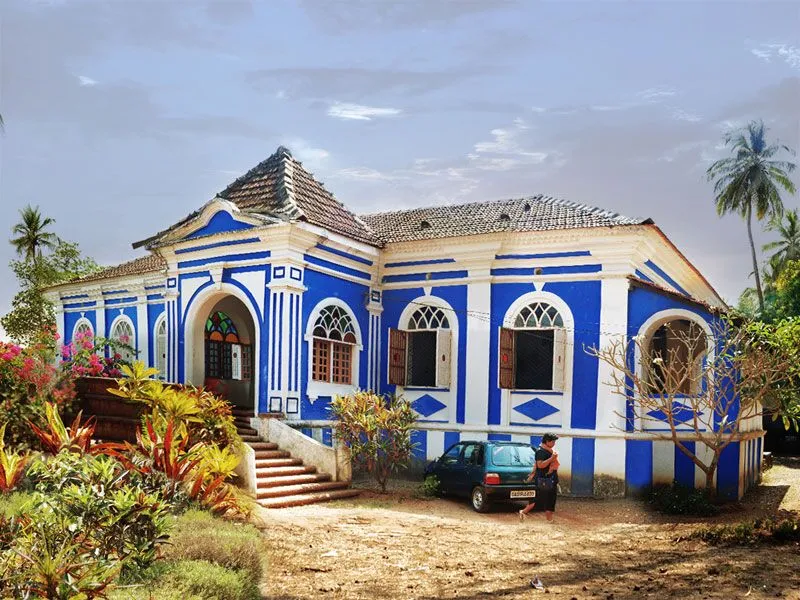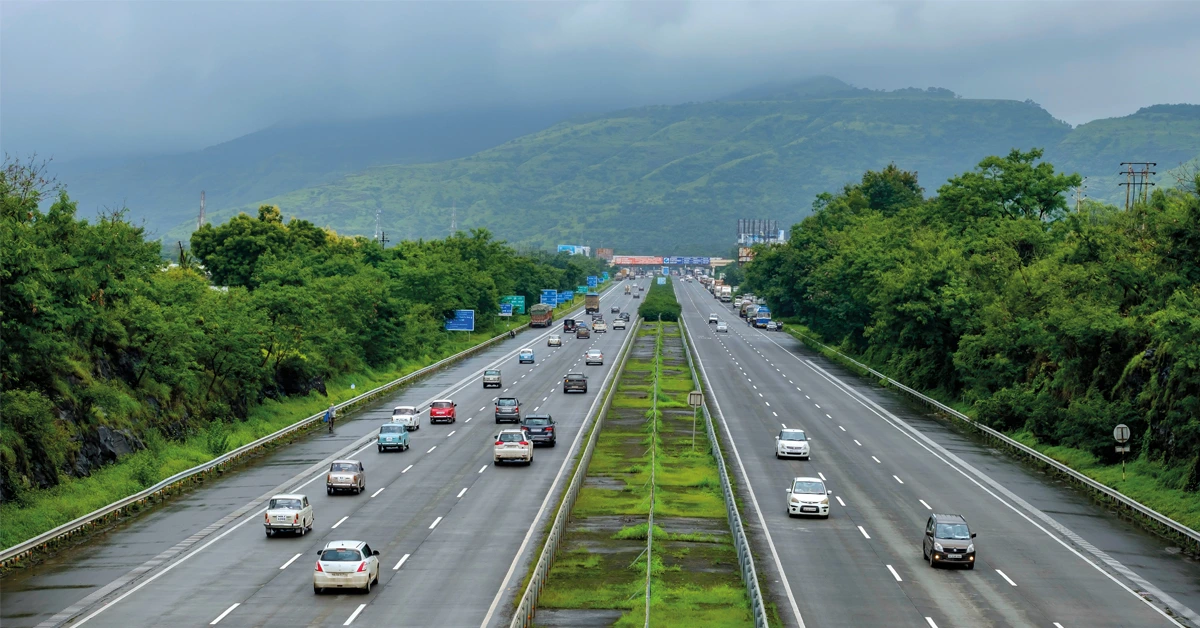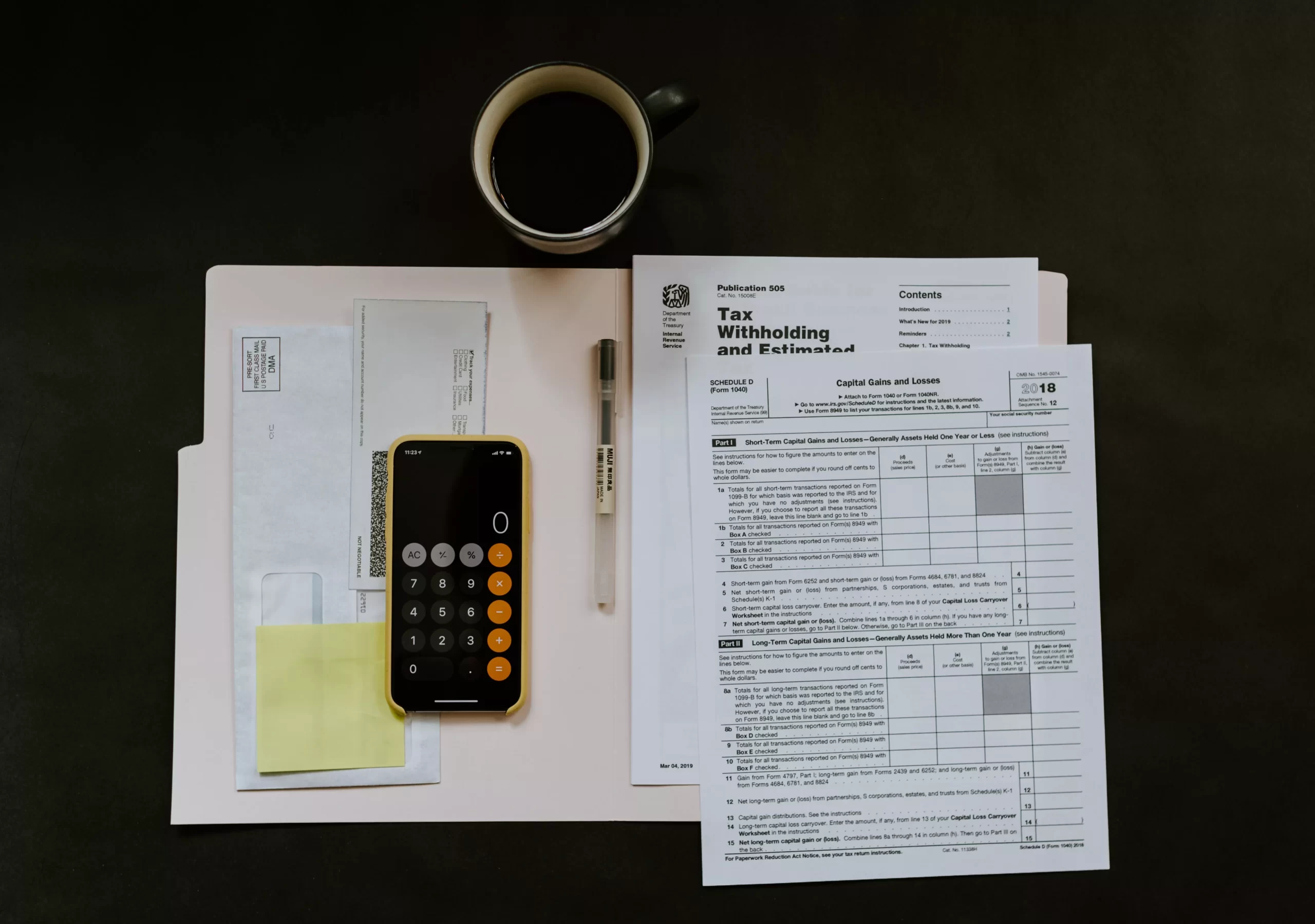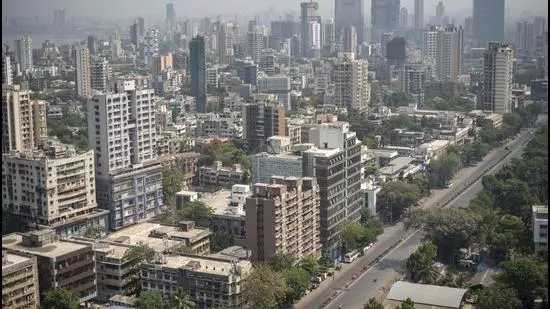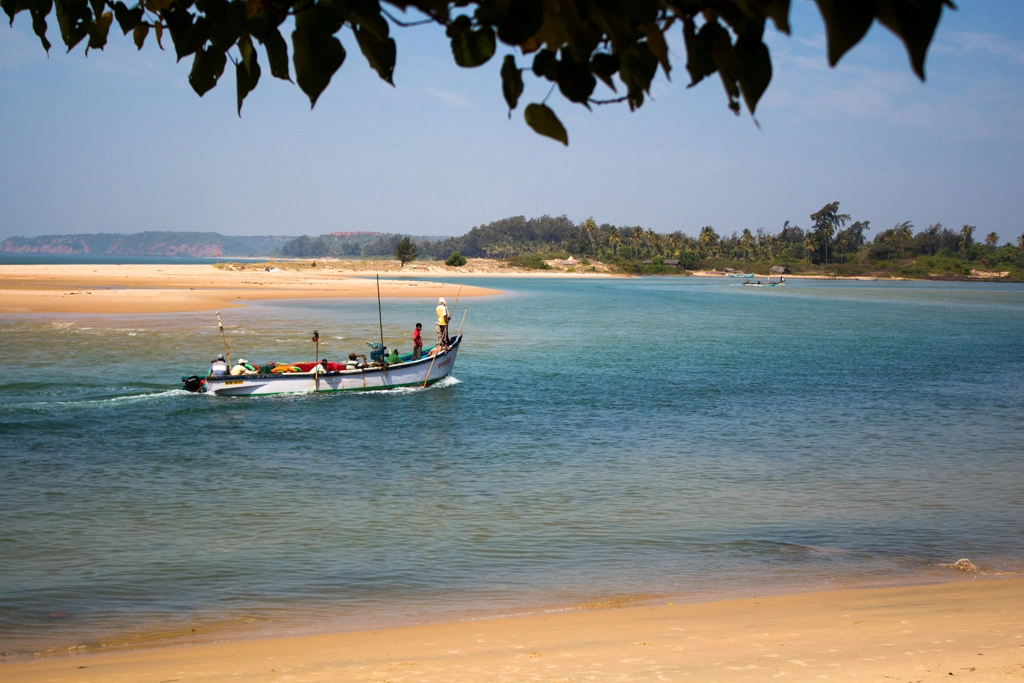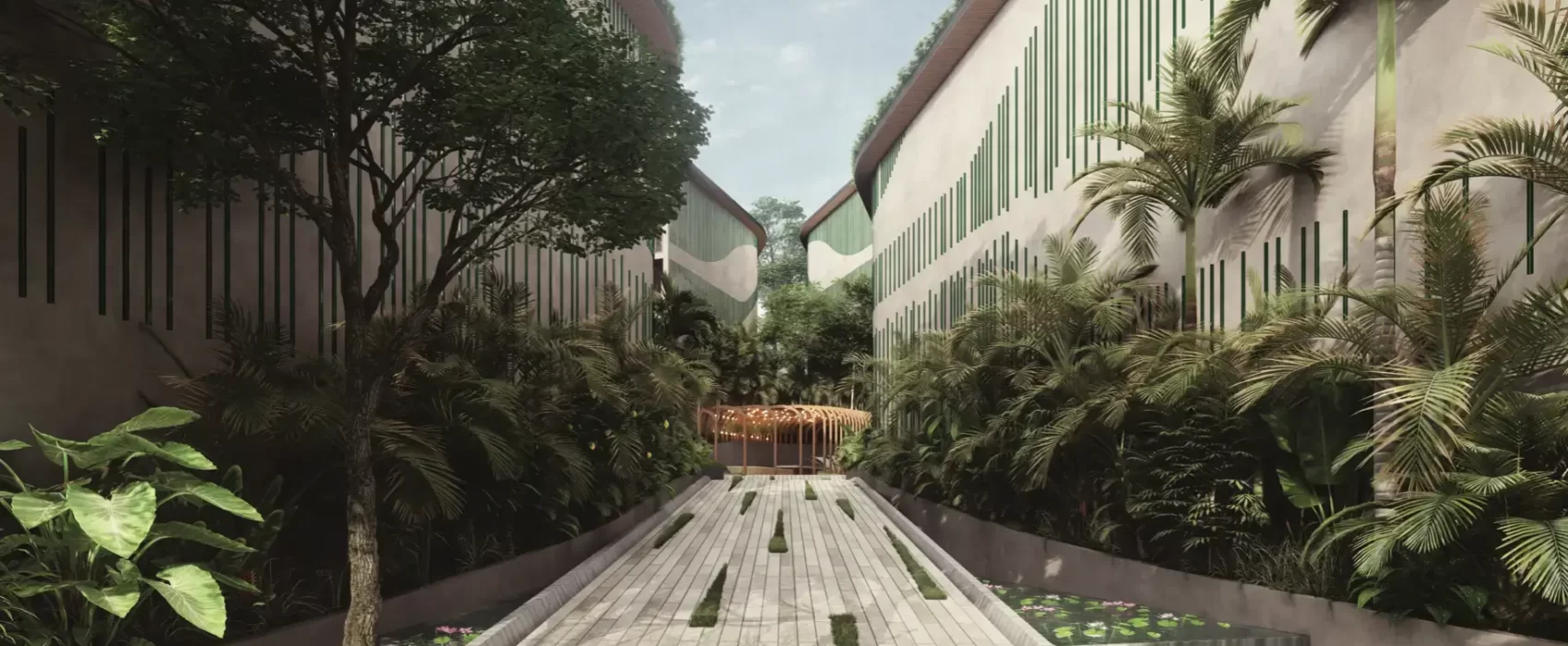When Mumbaikars and Punekars refer to "Alibaug," they are loosely referring to Alibaug Taluka, the stretch of villages between Mandwa, just south of Mumbai, and Revdanda, about 35 kilometers further south. "Alibaug" has come to mean the Taluka, not simply the town.
Alibaug itself, or Alibaug Town, is the headquarters of the entire Raigad district. It is actually located within the Mumbai Metropolitan Region, and is currently a medium-density area, with economic and real estate development comparable to suburban areas on the outskirts of major Indian cities. One key difference is that there is no high-rise development in Alibaug Town, because undeveloped land is not as scarce or as expensive in Indian cities.
The Alibaug region is part of the Konkan region of Maharashtra, and features some of the unique cultural, topographical, and (importantly) culinary aspects of Konkan life. The temperate waters of the Arabian Sea create a consistent ocean breeze, and the weather is tropical – though the evenings are frequently cooler than Mumbai, where concrete radiates heat absorbed from the sun. Alibaug is known for its beaches, temples, and its quiet, relaxed atmosphere. It is a popular destination for weekend getaways, and many Mumbai residents own second homes in the area.
Alibaug is also known for its rich history and heritage. The town was an important center of the Maratha Empire in the 17th and 18th centuries, and many monuments and forts from that time still remain in the area. Today, Alibaug is a hub of the Konkan tourism industry and is known for its vibrant food and cultural scenes, making it a popular destination for tourists and visitors.In recent years, Alibaug has seen a lot of growth and development, including in the luxury real estate sector. Alibaug properties can serve as a weekend getaway, or a retirement home – and more and more workers are seeking to make Alibaug their full-time residence, opting for a 'reverse commute' into the city 2-3 times a week, when face-to-face meetings are an absolute must. Alibaug Town's suburban infrastructure includes schools, hospitals, and shopping areas, offering modern conveniences alongside the peacefulness and quietude of rural life.
Real Estate in Alibaug
 Image courtesy Studio SAV
Image courtesy Studio SAV
Real Estate in Alibaug falls into various categories, all of which have various pros and cons for investors. The Alibaug market is also home to a wide variety of real estate players, from boutique luxury developers to mid-market gated communities developers, and developed plot developers.
Real estate investment categories in Alibaug include:
- Land investments (either as a low-hassle capital appreciation investment or for construction of self-use homes),
- Developed plots investments – in which a real estate developer provides the landowner with a House Number, water and electricity connection, and flat land on which construction is permissible
- Ultra Luxury Villas
- Independent Villas
- Common Wall Villas
- Townhouses
- Apartments
Upcoming Transport Projects in Alibaug
In addition to the passenger ferries and speed boat services operating from the Gateway of India, and the RoRo service operating from Fort on Mumbai's Eastern shore, road transport in Alibaug is also set to improve.
The Mumbai Trans Harbour Link is set to open in December of this year, while construction has also begun on the Multimodal Corridor from Virar to Alibaug. As the Alibaug region grows more connected to Mumbai, we can expect land prices to increase on a 10-year horizon.
Land Zoning in Alibaug

Land Zoning in Alibaug Taluka. Source: MMRDA
Investors wishing to purchase land in Alibaug should be aware that the region is zoned into the following categories:
- Urbanisable Zone
- Industrial Zone
- Institutional Zone
- Forest Zone
- Green Zone – 1
- Green Zone – 2
- Coastal Wetland
- National Park/Sanctuary
- Eco-sensitive Zone
Different types of construction density and commercial activities are permitted (or in some cases, forbidden) in each zone by the Mumbai Metropolitan Development Authority. These have implications for land values, and we encourage real investors to carefully title documents and the zoning certificate of any piece of land before making any payments (this scrutiny is part of our due diligence service at Living Luxury Real Estate).
Construction is not permitted in Forest Zones, National Parks, and Eco-sensitive regions.

CRZ Rules – Alibaug
 Beach house at Nagaon Beach, Alibaug
Beach house at Nagaon Beach, Alibaug
The Alibaug region is also subject to certain laws related to Coastal Regulation Zones, which preserves the health of India's marine ecosystems and wildlife. Properties with views or access to natural water bodies and the ocean remain some of the most prized assets in the country. However, with these prime views and water access also come certain restrictions, which in turn can affect property values and the use cases for a specific piece of land. The CRZ laws came into effect in February 1991, meaning that structures that preceded the law remain legal.
CRZ Zone 1 refers to:
- The area between Low Tide Line and High Tide Line
- Areas that are ecologically sensitive, and geomorphological features which play a role in the maintaining the integrity of the coast, including:
- Mangroves. In case the mangrove area is more than 1000 Sq M, a buffer of 50 meters along the mangroves shall also be provided
- Corals and coral reefs and associated biodiversity
- Sand Dunes
- Mudflats which are biologically active
- National parks, marine parks, sanctuaries, reserve forests, wildlife habitats and other protected areas under the provisions of Wild Life (Protection) Act, 1972 (53 of 1972), the 26 Forest (Conservation) Act, 1980 (69 of 1980) or Environment (Protection) Act, 1986 (29 of 1986); including Biosphere Reserves
- Salt Marshes
- Turtle nesting grounds
- Horse shoe crabs habitats
- Sea grass beds
- Nesting grounds of birds
- Areas or structures of archaeological importance and heritage sites
- Permissible construction and activities in CRZ Zone 1
- No new construction shall be permitted except
- Projects relating to Department of Atomic Energy
- Pipelines, conveying systems including transmission lines
- Facilities that are essential for activities permissible under CRZ-I
- Installation of weather radar for monitoring cyclone movement and prediction by the Indian Meteorological Department
- Construction of trans harbour sea links without affecting the tidal flow of water, between LTL and HTL
- Development of green field airport already approved at only Navi Mumbai
- Exploration and extraction of natural gas
- Construction of dispensaries, schools, public rain shelter, community toilets, bridges, roads, jetties, water supply, drainage, sewerage which are required for traditional inhabitants living within the biosphere reserves after obtaining approval from concerned CZMA.
- Necessary safety measure shall be incorporated while permitting such developmental activities in the area falling in the hazard zone
- Salt harvesting by solar evaporation of seawater
- Desalination plants
- Storage of non-hazardous cargo such as edible oil, fertilizers and food grain within notified ports
- Construction of trans harbour sea links, roads on stilts or pillars without affecting the tidal flow of water.
- No new construction shall be permitted except
CRZ Zone 2 refers to:
- Areas that have been developed up to or close to the shoreline. “Developed Areas” are areas within the existing municipal limits or in other existing legally designated urban areas which are substantially built-up and has been provided with drainage and approach roads and other infrastructural facilities, such as water supply and sewerage mains.
- Permissible Construction and activities in CRZ Zone 2
- New buildings are permitted only on the landward side of the existing road, or on the landward side of existing authorized structures
- These new buildings shall be subject to the existing local town and country planning regulations including the ‘existing’ norms of floor space index or floor area ratio: provided that no permission for construction of buildings shall be given on landward side of any new roads which are constructed on the seaward side of an existing road
- Reconstruction of authorized building is permitted subject with the existing floor space index or floor area ratio norms and without change in present use
- Facilities for receipt and storage of petroleum products and liquefied natural gas as specified
- Desalination plants and associated facilities
- Storage of non-hazardous cargo, such as edible oil, fertilizers and food grain in notified ports
- Facilities for generating power by non-conventional power sources and associated facilities
CRZ Zone 3 refers to:
- Areas that are relatively undisturbed and those do not belong to either CRZ-I or II which include coastal zone in rural areas (developed and undeveloped) and also areas within municipal limits or in other legally designated urban areas, which are not substantially built.
- Permissible Construction and activities in CRZ Zone 3
- Area up to 200 meters from HTL on the landward side in case of seafront and 100mts along tidal influenced water bodies or width of the creek whichever are earmarked as “No Development Zones (NDZ)”
- The NDZ shall not be applicable in such area falling within any notified port limits;
- No construction shall be permitted within NDZ except for repairs or reconstruction of existing authorized structures not exceeding existing Floor Space Index, existing plinth area and existing density and for permissible activities under the notification including facilities essential for activities
- The following activities may be permitted in NDZ
- Construction/reconstruction of dwelling units of traditional coastal communities including fisherfolk may be permitted between 100 and 200 metres from the HTL along the seafront in accordance with a comprehensive plan prepared by the State Government or the Union territory in consultation with the traditional coastal communities including fisherfolk and incorporating the necessary disaster management provision, sanitation and recommended by the concerned State or Union territory
- Agriculture, horticulture, gardens, pasture, parks, play field, and forestry
- Projects relating to department of atomic energy
- Mining of rare minerals
- Salt manufacturing from seawater
- Facilities for receipt and storage of petroleum products and liquefied natural gas
- Facilities for re-gasification of liquefied natural gas s
- Facilities for generating power by non-conventional energy sources
- Foreshore facilities for desalination plants and associated facilities
- Weather radars
- Construction of dispensaries, schools, public rain shelter, community toilets, bridges, roads, provision of facilities for water supply, drainage, sewerage, crematoria, cemeteries and electric sub-station which are required for the local inhabitants may be permitted on a case to case basis by CZMA
- Construction of units or auxiliary thereto for domestic sewage, treatment and disposal with the prior approval of the concerned pollution control board or committee
- Facilities required for local fishing communities such as fish drying yards, auction halls, net mending yards, traditional boat building yards, ice plant, ice crushing units, fish curing facilities and the like
- Development of green field airport already permitted only at Navi Mumbai. B. Area between 200mts to 500mts, The following activities shall be permissible in the above areas
- Development of vacant plot in designated areas for construction of hotels or beach resorts for tourists or visitors
CRZ Zone 4 refers to:
- The water area from the Low Tide Line to twelve nautical miles on the seaward side
- The water area of a tidal influenced water body from the mouth of the water body at the sea up to the influence of tide which is measured as five parts per thousand during the driest season of the year.
- Permissible Construction and activities in CRZ Zone 4:
- Traditional fishing and related activities undertaken by local communities
- No untreated sewage, effluents, ballast water, ship washes, fly ash or solid waste from all activities including from aquaculture operations shall be let off or dumped
- Pollution from oil and gas exploration and drilling, mining, boat house and shipping
- There shall be no restriction on the traditional fishing and allied activities undertaken by local communities.

